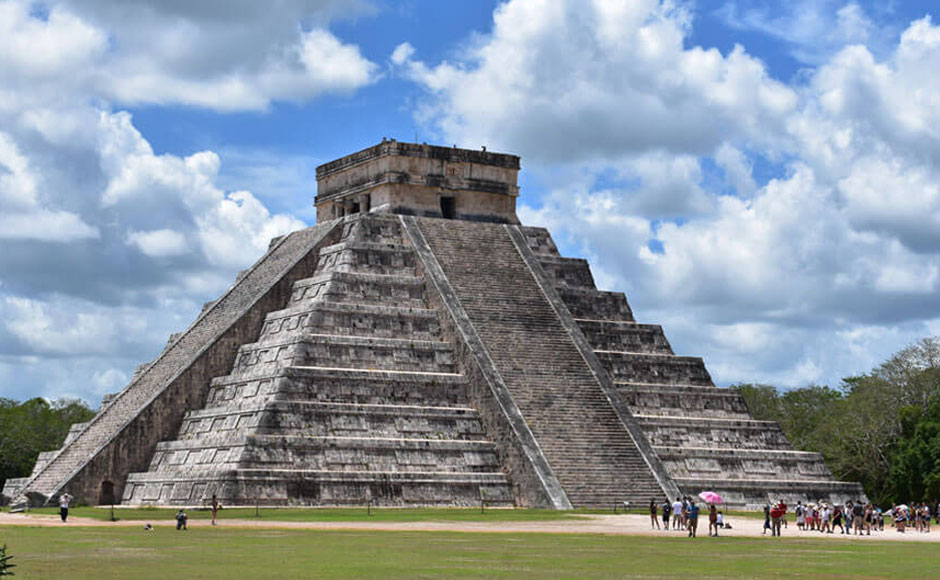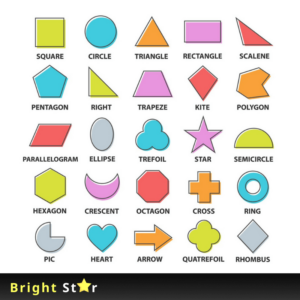A black hole is basically a part of space where the force of the gravitational pull is so powerful that literally nothing, even light can escape from it. The boundary of the black hole is known as the ‘event horizon’. According to the general relativity it has no locally detectable features.
As the black hole reflects no light, it acts like an ideal black body in many ways. Black holes are invisible. They aren’t visible with the naked eye because it reflects no light. The first-ever black hole was called Cygnus X-1.
Once the black hole is formed, it just doesn’t stop growing. It continues to grow by absorbing mass from its surroundings. And gradually, they might become SuperMassive Black Holes made up of billions of solar masses! It is said that many SuperMassive Black Holes exist in the center of many galaxies. These black holes have masses that are more than 1 million suns together! Now, that’s a huge number.
Even if a black hole the same mass as the sun were to take the place of the sun, Earth still would not fall in. The black hole would have the same gravity as the sun. Earth and the other planets would orbit the black hole as they orbit the sun now. Don’t worry, that bright star is never ever going to turn into a black hole. It is not even big enough to create a black hole.
A black hole would stretch an astronaut’s body into a thin ribbon since the gravity pulling on their feet is so much stronger than on their head. Black holes are freezing cold on the inside, but incredibly hot just outside. The internal temperature of a black hole with the mass of our Sun is around one-millionth of a degree above absolute zero.
The presence of a black hole can be inferred through its interaction with other matter and with electromagnetic radiation such as visible light. A matter that falls onto a black hole can form an external accretion disk heated by friction, forming quasars, some of the brightest objects in the universe. Stars passing too close to a supermassive black hole can be shred into streamers that shine very brightly before being “swallowed.” If other stars are orbiting a black hole, their orbits can be used to determine the black hole’s mass and location. Such observations can be used to exclude possible alternatives such as neutron stars. In this way, astronomers have identified numerous stellar black hole candidates in binary systems and established that the radio source known as Sagittarius A*, at the core of the Milky Way galaxy, contains a supermassive black hole of about 4.3 million solar masses. When an object falls into a black hole, any information about the shape of the object or distribution of charge on it is evenly distributed along the horizon of the black hole and is lost to outside observers. The behavior of the horizon in this situation is a dissipative system that is closely analogous to that of a conductive stretchy membrane with friction and electrical resistance—the membrane paradigm. This is different from other field theories such as electromagnetism, which do not have any friction or resistivity at the microscopic level, because they are time-reversible. Because a black hole eventually achieves a stable state with only three parameters, there is no way to avoid losing information about the initial conditions: the gravitational and electric fields of a black hole give very little information about what went in.
More – Did You Know ?
More from Bright Star


















